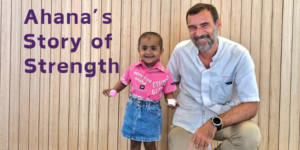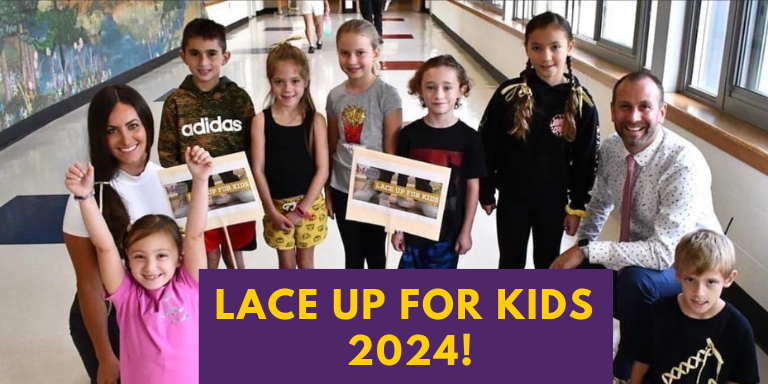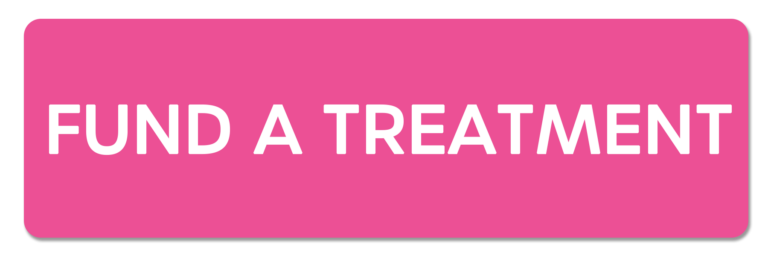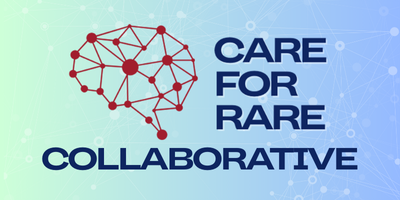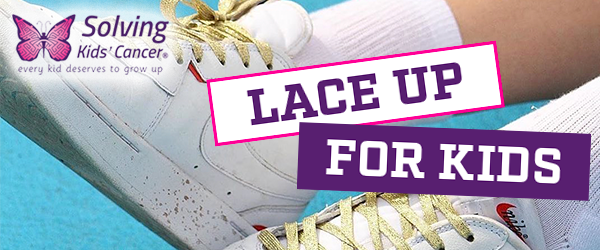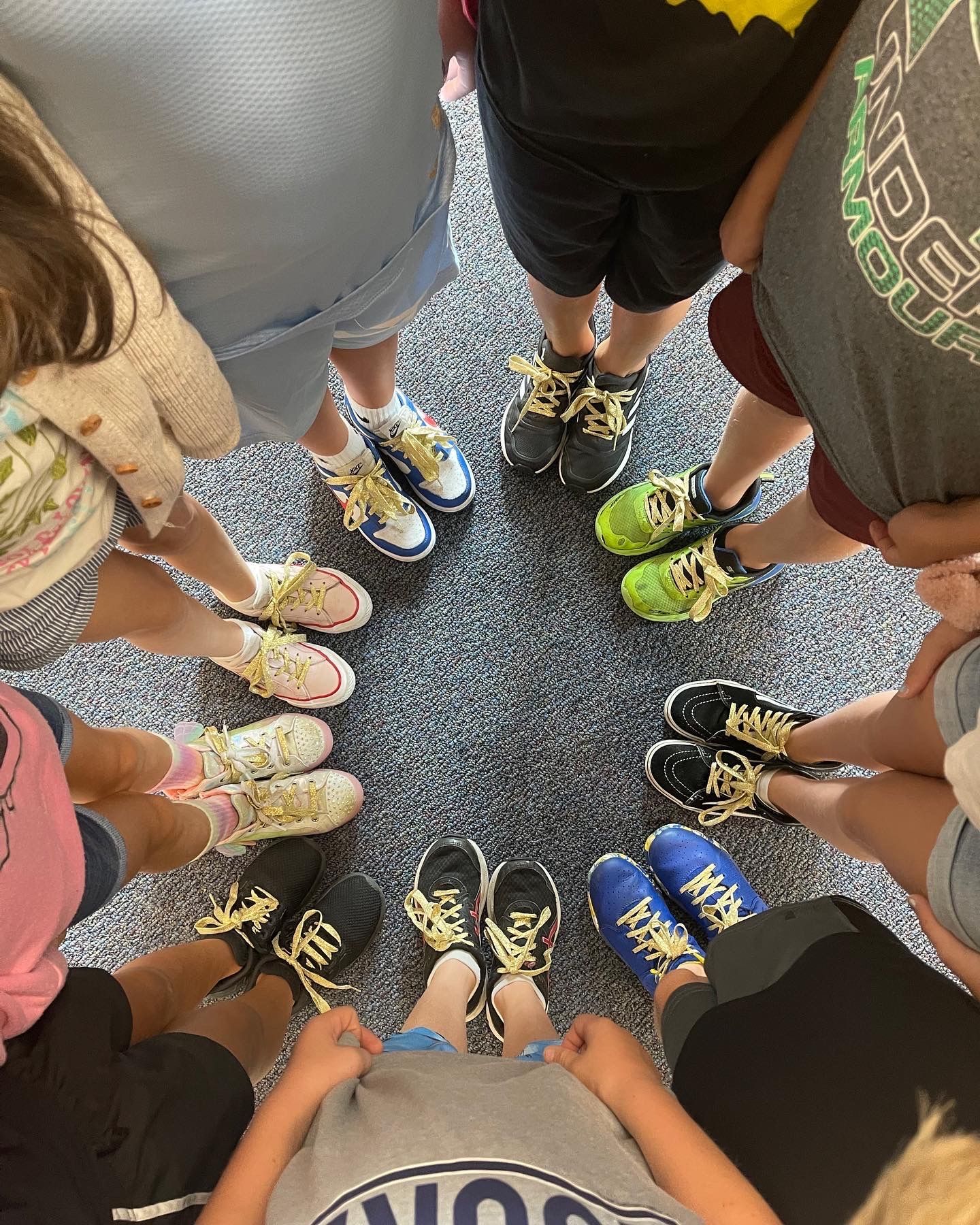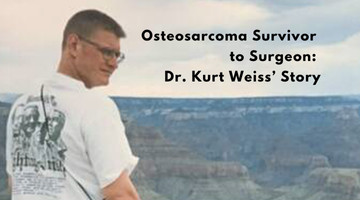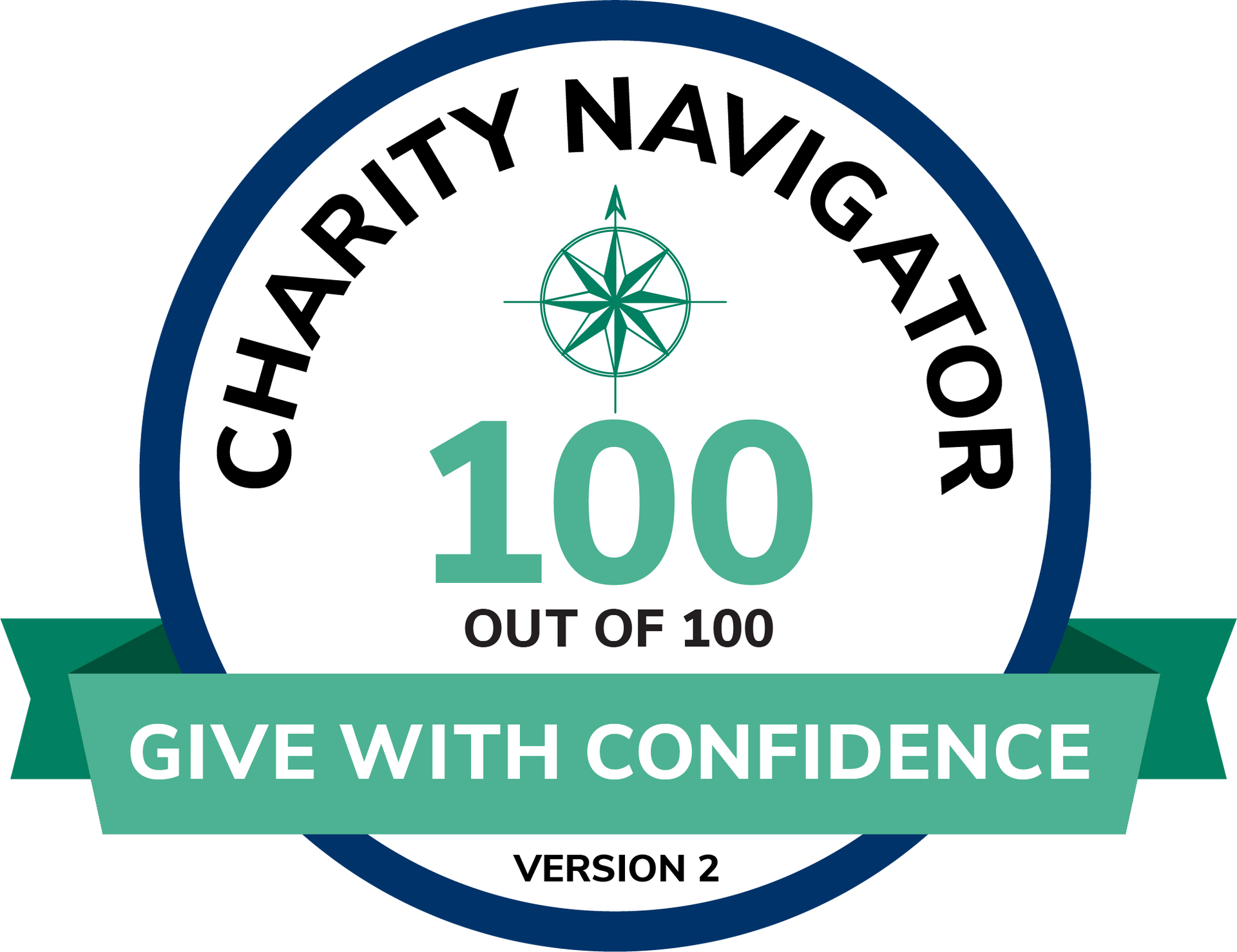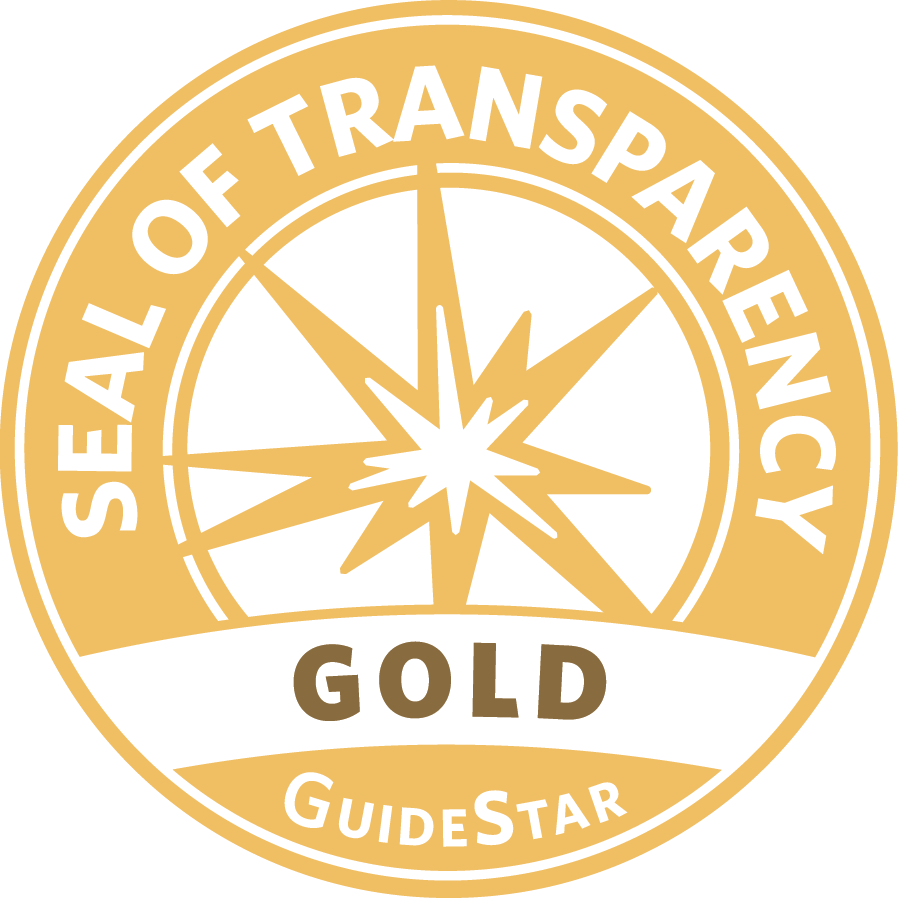Neuroblastoma is a pediatric cancer that affects the sympathetic nervous system. It is diagnosed in approximately 800 children in the United States each year, accounting for approximately seven percent of all childhood cancers.
Nearly two-thirds of all children diagnosed with neuroblastoma will have some form of metastatic disease, and infants have a better chance than older children of remaining free of neuroblastoma after treatment. Neuroblastoma is treated according to low, intermediate, and high-risk group assignments.
In some cases, neuroblastoma does not go away after treatment, which can include combinations of surgery, chemotherapy, and radiation. Neuroblastoma that does not go into clinical remission after treatment is called refractory neuroblastoma. Likewise, some cases of neuroblastoma can return or relapse after achieving clinical remission. These cases are called relapse or recurrent neuroblastoma.
Unfortunately, approximately 50% of children with high-risk neuroblastoma will not survive five years. This reality spurs experts across the globe to test innovative solutions to meet this vast unmet need for children.
What is an Antibody Treatment?
An antibody is a specialized Y-shaped protein that binds to the surface of foreign cells (called antigens) in the body in order to kill harmful cells and mobilize the body’s immune system. Antibody treatments, commonly called immunotherapy, enlist the body’s natural immune response to help fight cancer.
As a treatment option for cancer, antibodies can serve many functions, including:
• Flagging cancerous cells
• Delivering radiation or chemotherapy treatment
• Triggering cell membrane destruction of cancerous cells
• Blocking immune system inhibitors
• Directly attacking cancer cells
Monoclonal antibodies are molecules produced in a lab that serves as supplemental antibodies to help restore, enhance or mimic the immune system’s attack on cancer cells. They are designed to bind to antigens that are generally more numerous on the surface of cancer cells than healthy cells. When the immune system detects the presence of the antibody on the cancer cells, it triggers responses that kill the cancer cells.
Most neuroblastoma cells express high levels of the substance GD2, which is a Disialoganglioside, or a glycolipid (sugar-fat) present in the surface membrane of cells. GD2 is present on normal nerve fibers, so pain is a significant side-effect of this antibody treatment. Because of the high presence of GD2 on neuroblastoma cells, several antibodies, called anti-GD2, have been developed for neuroblastoma and other GD2-positive cancers.
Anti-GD2 Antibody Treatments
The first anti-GD2 antibodies were developed in the 1980s by groups in the US and Germany. Originally 100% mouse antibodies, these have been modified over time to “chimerize” or “humanize” the antibodies to reduce the anti-mouse antibodies that the body makes to neutralize the desired antibody.
Many clinical trials of anti-GD2 antibodies have been conducted, testing the antibodies as both standalone treatments or in combination with other drugs, such as immune-stimulating cytokines. Anti-GD2 antibodies have been approved for maintenance after reaching the first remission and for relapsed or refractory disease.
Current anti-GD2 antibody treatments available are:
Dinutuximab (ch14.18): This is a chimeric antibody (meaning, developed combining nonhuman genetic material – in this case, mouse – with that of human genetic material). After several rounds of early phase trials, it was determined that the anti-GD2 activity was limited, so dinutuximab is often given in combination with other treatments to boost efficacy or as a component of maintenance therapy. It was approved for use by the U.S. Food and Drug Administration (FDA) in 2015 and is manufactured by United Therapeutics under the brand name, UNITUXIN. Given with granulocyte-macrophage colony-stimulating factor (GM-CSF) and no longer given with interleukin-2 (IL2), this treatment requires inpatient administration, 8-10 hours a day for four days, one week per month. Toxicities associated with this treatment include neuropathic pain and capillary leak syndrome.
Dinutuximab-beta (ch14.18/CHO): This is a form of ch14.18 recloned using Chinese hamster ovary cells. This antibody was tested with and without subcutaneous IL2 and results showed greater toxicity but no efficacy, so the IL2 has been dropped. It received EMA approval in 2017 and is distributed by EUSA Pharma under the brand name, QARZIBA. Dosing regimens also differ from standard dinutuximab. Dinutuximab-beta uses a longer and slower dosing regimen, with a continuous 10-day infusion, once a month. Like dinutuximab, it is accompanied by neuropathic pain, but more tolerable due to the slow infusion.
Humanized Dinutuximab (hu14.18K322A): This humanized antibody was developed at St. Jude Children’s Research Hospital and is not currently used in any clinical trials. It was designed to decrease toxicity and pain in children with neuroblastoma. This treatment was tested in combination with induction chemotherapy followed by more antibody in maintenance with parent NK cells, and early results indicated that the addition of the antibody significantly improved responses in induction. A follow-on study is being conducted to test dinutuximab in induction. Further studies are warranted to evaluate the efficacy of this treatment.
Immunocytokine (hu14.18-IL2): This antibody was developed in the 1990s as an antibody-cytokine conjugate, and has been tested in early phase trials. A new study for neuroblastoma and osteosarcoma supported by SKC is open at UW-Madison and is being tested in combination with haploidentical NK cells.
Naxitamab (hu3F8): Originally called 3F8 or m3F8 (murine), this treatment was humanized and first tested in children in 2011 and is more potent than the murine counterpart. Additionally, naxitamab has shown stronger binding to GD2 than other known anti-GD2 antibodies. Naxitamab was approved by the FDA in November of 2020 for relapsed or refractory bone and/or marrow disease and is distributed by Y-mAbs under the brand name, DANYELZA, named for the founder’s daughter who is a neuroblastoma survivor. Given with GM-CSF, the administration is outpatient, 30-90 minutes Monday, Wednesday, and Friday, for one week each month.
Advancing Research Beyond Antibody Treatments
While therapeutic antibody treatments have led to remarkable improvements across the neuroblastoma landscape, combinational studies are likely needed to achieve the most effective therapies including bispecific T-cell engaging antibodies and drug antibody conjugates.
Solving Kids’ Cancer helps accelerate these new, next-generation treatments to ensure children with neuroblastoma have access to the safest and most effective treatments. For example, the MiNiVan trial, funded in part by Solving Kids’ Cancer, introduces a novel combination of treatments — anti-GD2 antibody therapy, MIBG therapy and anti-PD1 therapy. The anti-GD2 therapy attacks the cancerous cells using the GD2 as a target; the MIBG therapy uses radioactive isotopes to identify and deliver treatment to the areas where neuroblastoma cells are detected; and the anti-PD1 therapy stimulates the immune system’s natural response to cancer. This trial is currently in the early phase — determining the safety and tolerability of this therapeutic combination to treat relapse/refractory neuroblastoma.
Understanding the various treatment options available for your child is crucial to providing proactive, comprehensive and supportive care. Solving Kids’ Cancer plays a vital role connecting families dealing with neuroblastoma to the care and resources they need. In November 2020, we hosted our inaugural Neuroblastoma Parent Global Symposium, where more than 700 parents, medical professionals, charity leaders and industry representatives from 46 countries were able to view live presentations, panel sessions and ask questions about the latest developments in the field.
Solving Kids’ Cancer knows that bold innovation drives breakthrough treatment options to help cure even the most fatal childhood cancers. Your support funds next-generation treatments like the MiNiVan trial, because the next generation deserves a cure. Give today.
